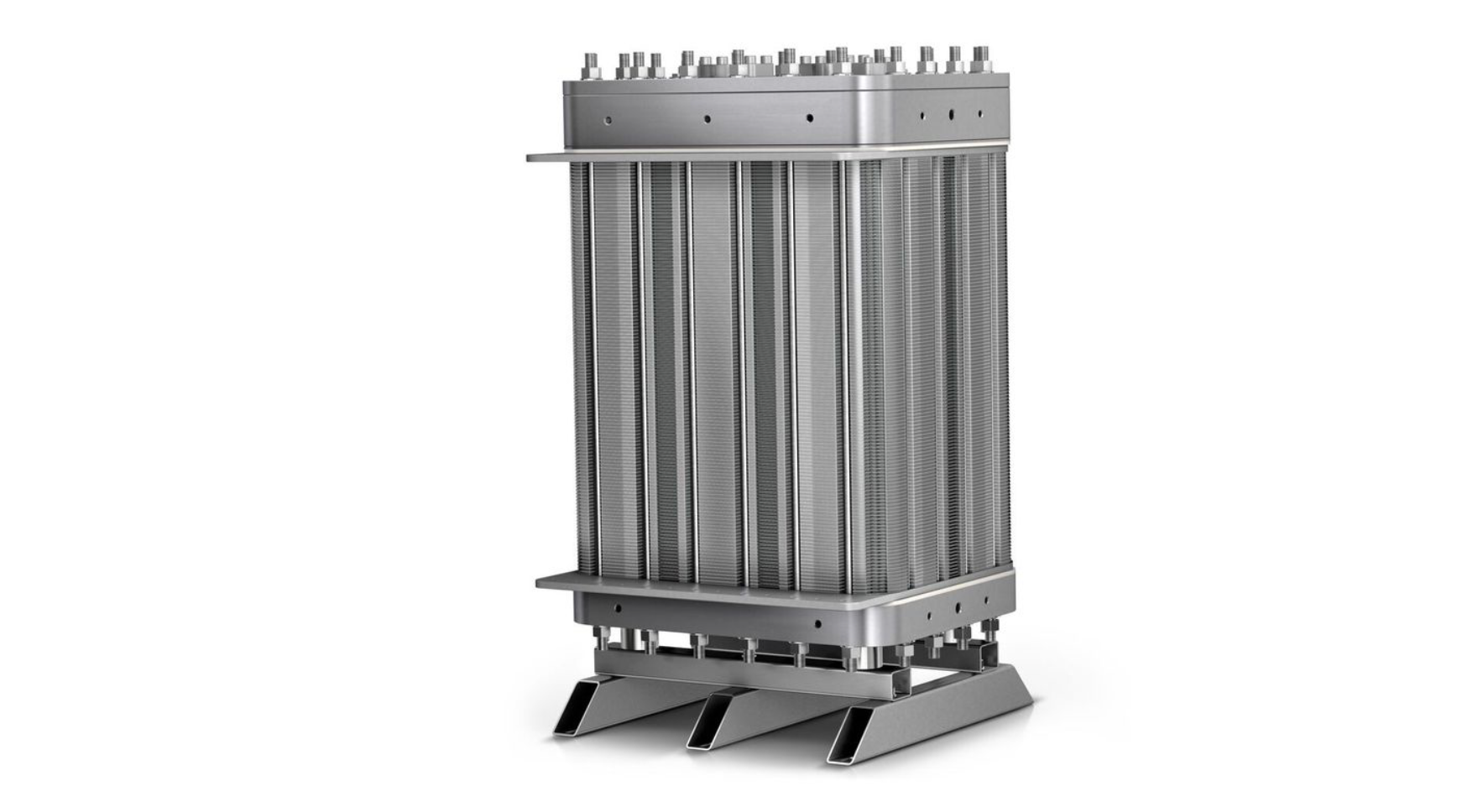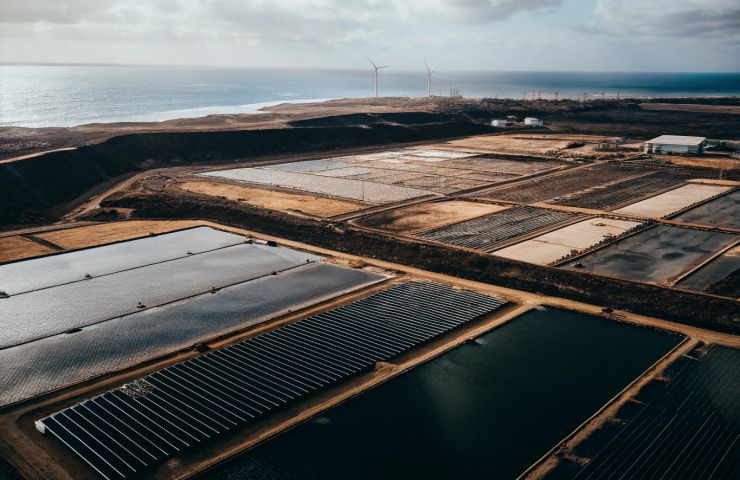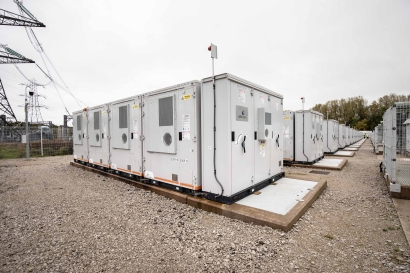EU renewable energy up 3.4% in 2024 as coal hits record low
Renewables accounted for 47.3% of electricity generation in the European Union in 2024, driven by a 7.7% year-on-year increase in output, according to data from Eurostat. Fossil fuel-fired power fell to 29.2% of the mix, while nuclear contributed 23.4%.

Renewables accounted for 47.3% of electricity generation in the European Union in 2024, driven by a 7.7% year-on-year increase in output, according to data from Eurostat. Fossil fuel-fired power fell to 29.2% of the mix, while nuclear contributed 23.4%.
The European Union’s renewable energy supply grew by 3.4% in 2024 compared with the previous year, reaching approximately 11.3 million terajoules (TJ), according to preliminary data released by Eurostat.
The increase in renewables coincided with further declines in fossil fuel supply. Brown coal fell by 10% to 199.3 million tons, while hard coal dropped by 13.8% to 110.9 million tons – both the lowest levels recorded since Eurostat began collecting data, and in line with its past projections of solar as the European Union’s fastest-growing renewable source.
Natural gas supply edged up by 0.3% to 12.8 million TJ in 2024, following a sharp drop in 2023. The supply of oil and petroleum products declined by 1.2% year on year to 454 million tons.
Renewables remained the leading source of electricity generation in the European Union, accounting for 47.3% of total output, said Eurostat. Renewable electricity production rose 7.7% to 1.31 million GWh.
Electricity from fossil fuels fell 7.2% to 0.81 million GWh, representing 29.2% of the European Union’s power mix. Nuclear power contributed 0.65 million GWh, or 23.4% of electricity generation, up 4.8% from 2023.
The figures are based on Eurostat’s preliminary annual data, which refer to energy supply, also known as inland consumption. Supply includes energy available for electricity and heat generation, as well as use across industry, transport, services and households.
Earlier this week, the European Commission proposed a legally binding target to cut net greenhouse gas emissions by 90% by 2040, compared to 1990 levels. The measure, backed by scientific advisory bodies and an impact assessment, aims to guide investment and policy toward climate neutrality by 2050.
The European Union’s cumulative installed solar capacity hit roughly 334 GW at the end of 2024, according to statistics from SolarPower Europe and other key industry sources.
What's Your Reaction?
























































